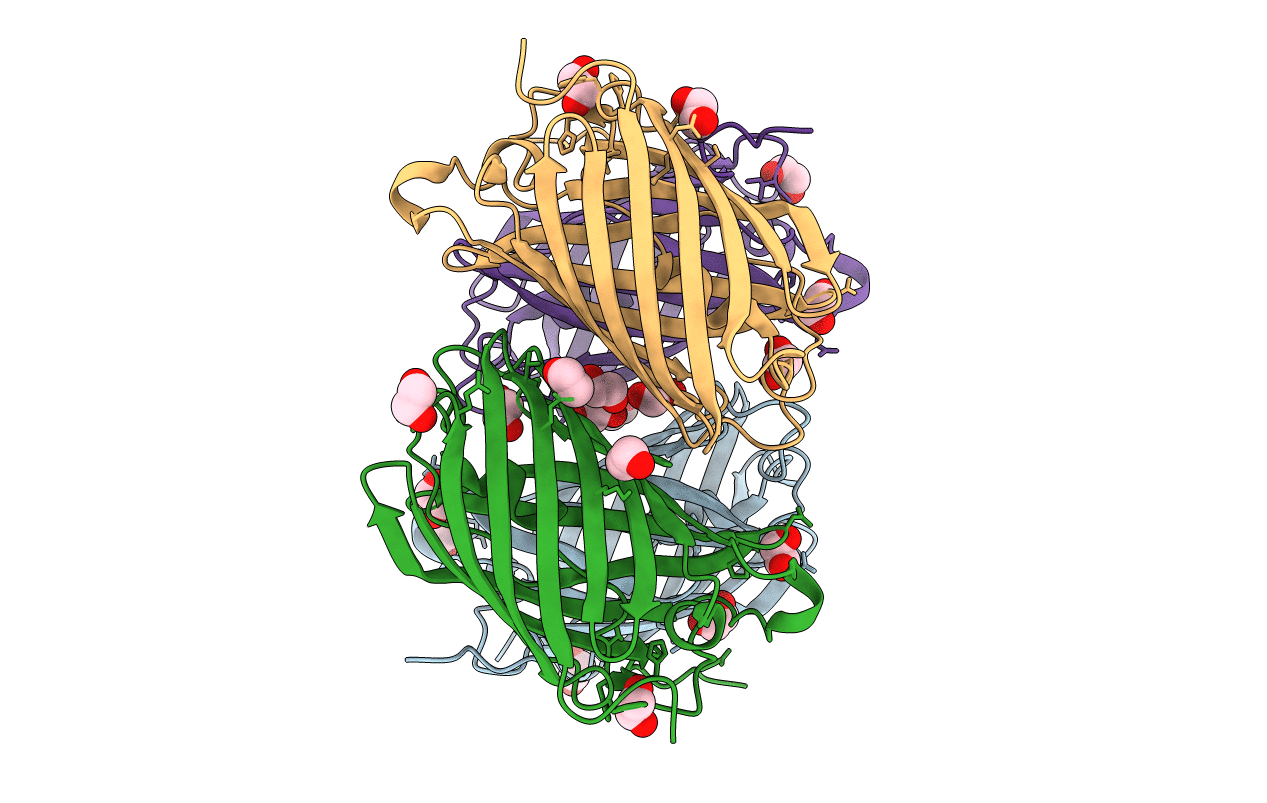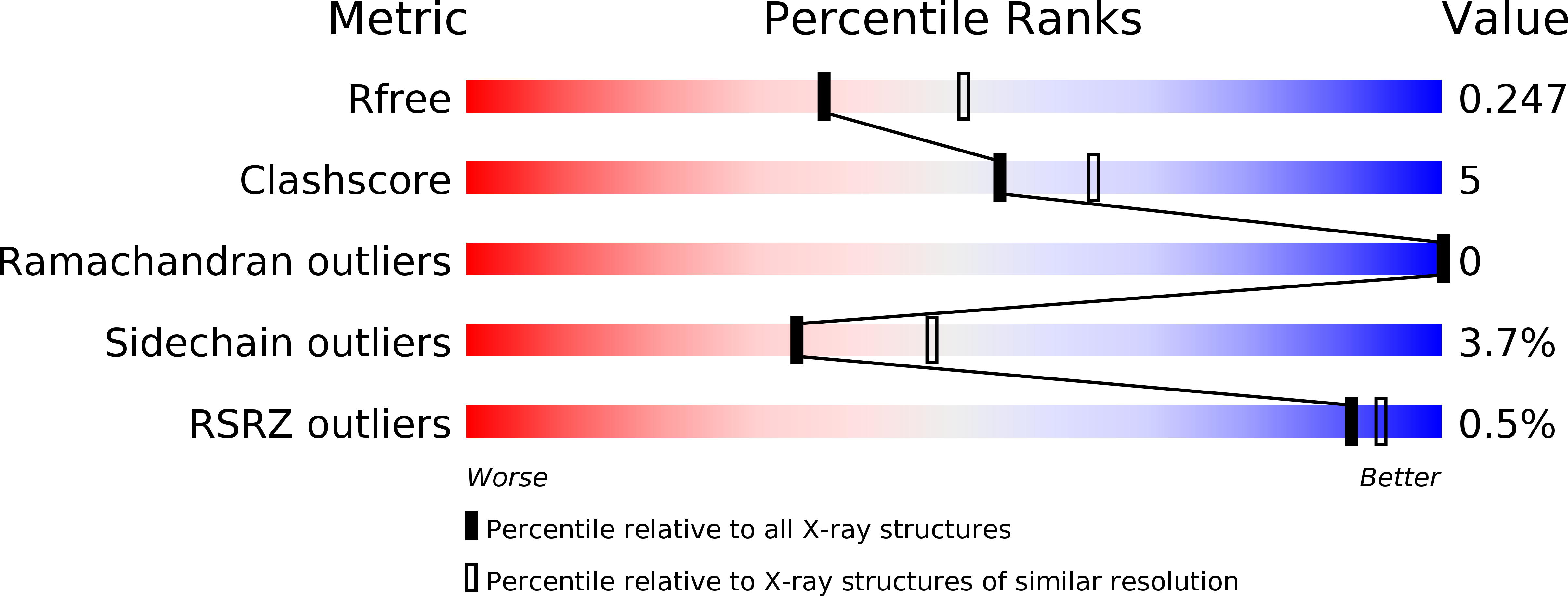
Deposition Date
2020-02-12
Release Date
2020-07-29
Last Version Date
2024-10-16
Entry Detail
Biological Source:
Source Organism:
Heteractis crispa (Taxon ID: 175771)
Host Organism:
Method Details:
Experimental Method:
Resolution:
2.30 Å
R-Value Free:
0.24
R-Value Work:
0.16
R-Value Observed:
0.17
Space Group:
P 21 21 21


